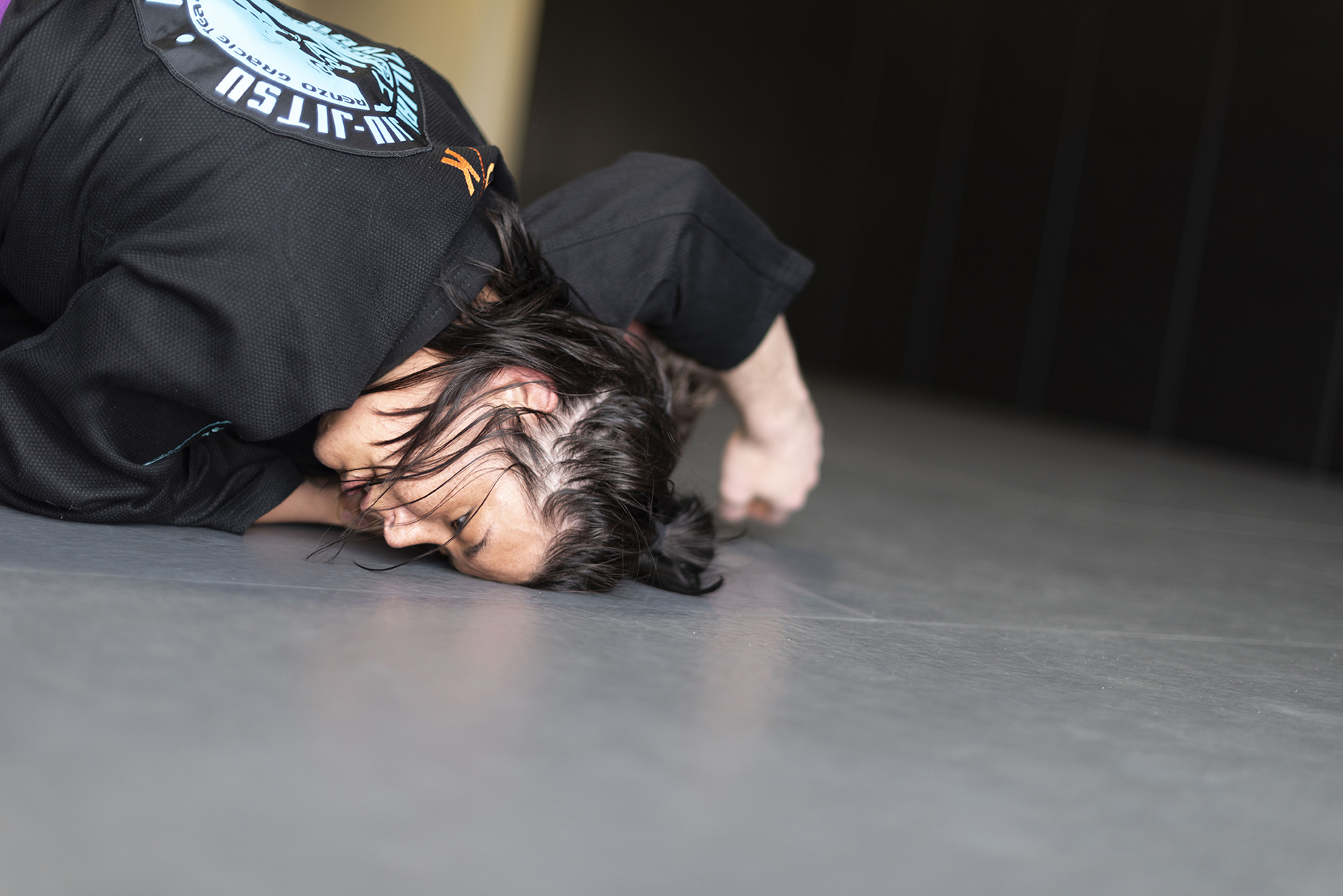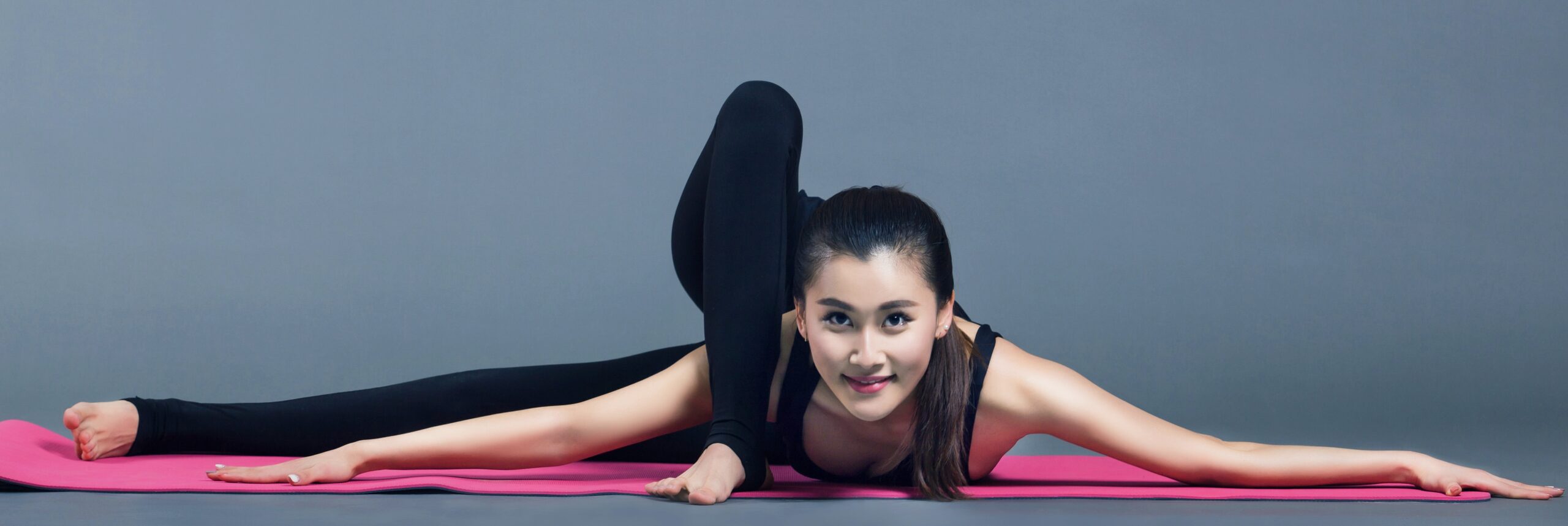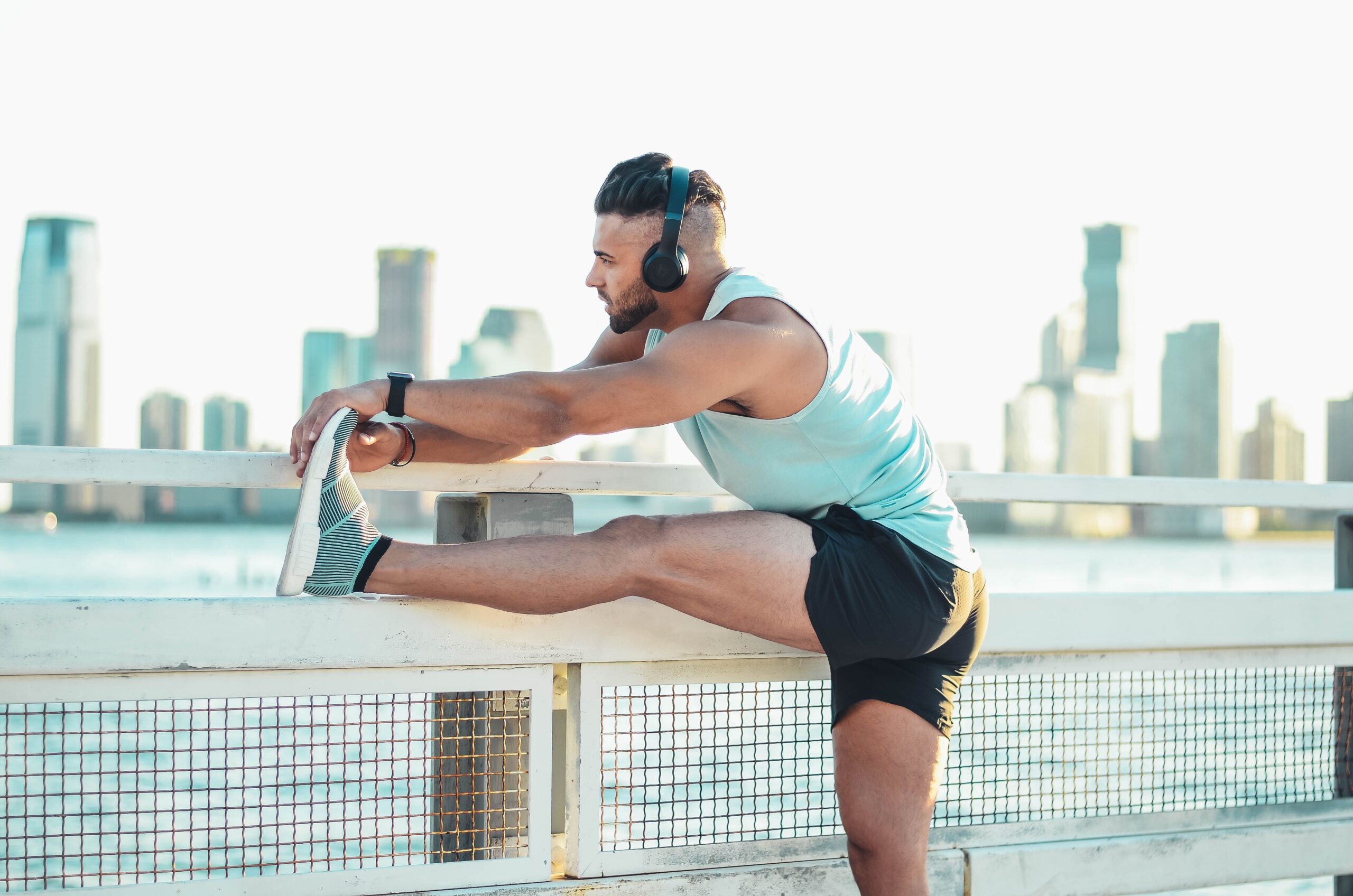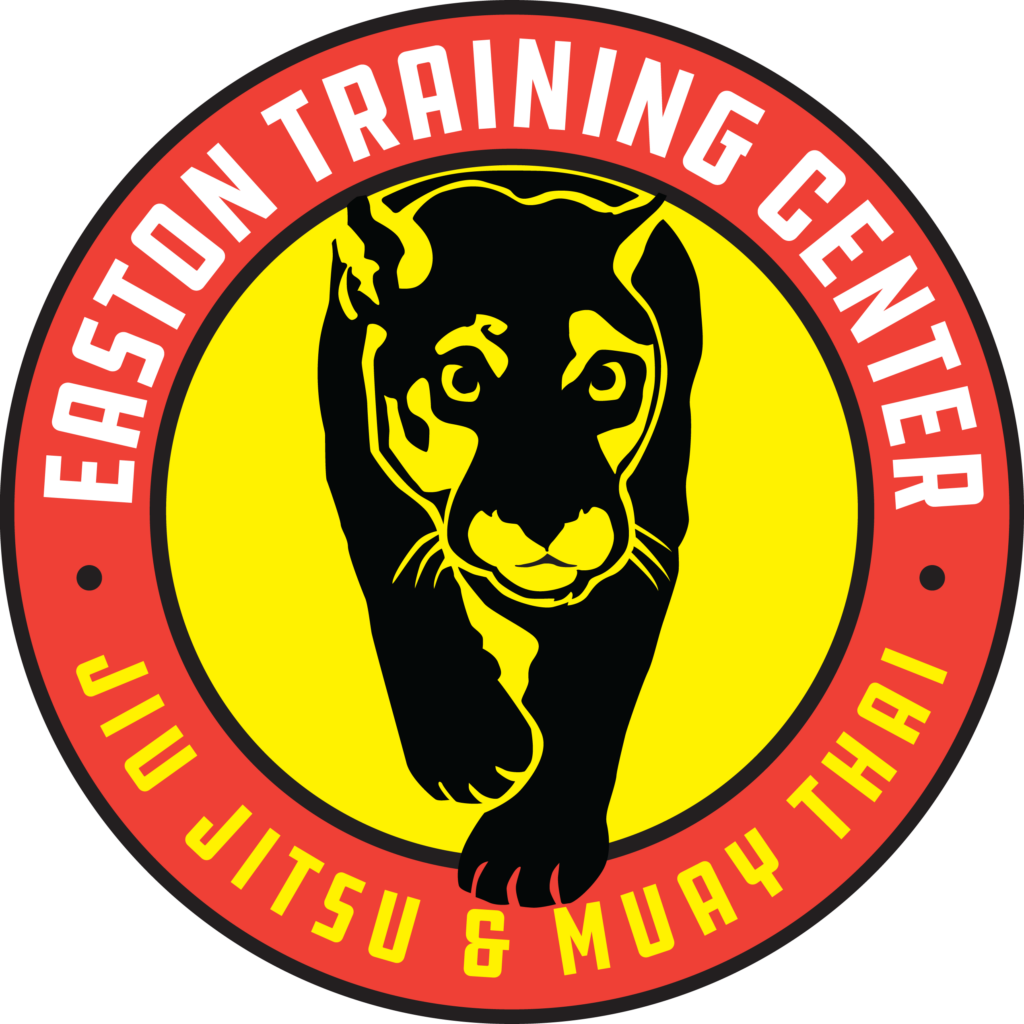When your hobbies, work, or both require you to use your body day in and day out with little rest in between, it can be easy to overdo it. You know the feeling, you lay down to sleep at night and everything hurts; you wake up in the morning and coax your creaky, sore muscles to get up and get moving. Perhaps this stemmed from training for an event or tournament, or just a manic surge of control to conquer your mind, body and discipline.
Ok, I’ll say it: I’ve never fallen into this category. I have the opposite problem. As a writer and a visual artist, I spend more time planted on my backside than I’d like to admit.
Those of you who relate know the other type of soreness that often accompanies this lifestyle – the dull ache, our body groaning at us, the creaking of what feels like every joint when we’ve spent too long in one position.
Soreness can manifest in any form – sharp and burning, dull and aching – but in every case, it communicates something your body wants you to know. Your body will never fail to remind you that you’ve overworked or slumped into grossly underutilizing it.
While your body is an incredible structure capable of honing, sharpening and directing force like a sword, it will also speak to you like a built-in metronome that helps you know when to rest, integrate and balance your mental and physical experiences.
To fully embody your highest potential and live to actually enjoy it, you must honor the fact that your body isn’t just a tool – it’s a tool you inhabit. This means that as you go about daily life, you should set aside some conscious time devoted to healing and rebuilding your body.

Somatic awareness
To better understand what the body needs, you need to learn to speak its language.
When you take the time to work daily with your breath and body – checking in on how it feels, where it feels it, or what’s new – it becomes easier to exist from an embodied place rather than a purely mental one. Of course we are always in a body, but that doesn’t mean we feel it.
Perhaps you’ve had a therapist ask you where in your body you felt something when an emotional issue arose. Dropping into your body requires a kind of quiet that can tell you quite a lot.
You don’t just exist at your eyeballs, or your brain; you’re dropped into your entire self: shoulders, hips, feet planted firmly on the ground. This concept of being “of the body,” – as distinct from the mind – is known as somatic awareness.
Developing our somatic awareness helps fine-tune the connection to our body’s innate intelligence. When we stop shouting things at our body and forcing it to comply, we allow ourselves access to a much deeper wisdom than our minds alone construct. We listen.
Even if you have a great relationship with your physical body, it never hurts to integrate movements outside of your regular routine. What are some ways we can shake up our bones and boost our somatic awareness?
Bone-hugging
One of the best ways to wake up sleeping muscles and body parts is to physically activate them through pressure.
I’ll offer an exercise that has stuck with me from a corporeal movement dance class I took in college. My professor called it “bone-hugging,” and the exercise very simply involved using your hands to squeeze every limb and muscle in a methodical process to wake them up.

Each hand squeezes the opposite hand and arm, all the way up to the shoulder until both arms come around to a big bear hug around your body. Squeeze down your torso, moving down through every spot you can reach. Squeeze each leg using both hands, including the feet, and when you’re finished, lay on your back and hug your knees to your chest.
Like the benefits of massage, by showing attention to surfaces of the body that don’t normally receive it, we not only wake up sleepy cells, but we stimulate receptors that transmit sensory signals to the central nervous system and release of endorphins.
Explore deep internal spaces
A balance to the technical and explosive external movements of Jiu Jitsu and Muay Thai, working with the internal spaces of our core, pelvic floor and breathwork can enhance your somatic awareness, improve posture, and create more flexibility and control within your body.
Decompression breathing, also referred to as diaphragmatic breathing or “belly” breathing, works in conjunction with your abdominal muscles to help you slow to expend less energy breathing, lowering your blood pressure and heart rate, and can help stimulate your parasympathetic nervous system to reduce stress.
Regular breathing has our chests and bellies rising and falling with each inhalation and exhalation. With decompression breathing, we inhale deeply into the fullness of our ribcage with emphasis on expanding across the entire back body – taking up as much space as possible. Instead of dropping your chests with each exhale, squeeze your abdominal muscles as you release all of the air and “deflate” your stomach. You can imagine pulling your belly button to your spine, and make sure you’re not shrugging your shoulders to your ears.
It shouldn’t be easy, but you’ll get better the more you practice. This focus on breath will reflect in almost everything you do, and the more you do it the more you’ll find release in areas such as your spine, your shoulders, and your hips.
To maximize the effectiveness of decompression breathing, practice with an intentional stance – big toes together, heels apart, knees touching and thighs zipped up (do NOT squeeze your glutes). The more you squeeze your thighs, the more stability you’ll feel from the ground up and the more space you’ll feel in your upper body as you expand through breath. You can also practice from a lunge position, sending power through your feet, squeezing the ground together beneath you.
For those interested in learning how to support the body with more intentional muscle activation and less reliance on joints, Foundations Training is a great program that utilizes a series of body-weight exercises to activate our posterior muscle chain, anchor the hips and decompress the spine.
[What Does Force Get You That Cannot Be More Adequately Achieved Through Flow]
Sensation through water
From water therapy to playing in a pool, swimming in the ocean, doing dishes, showering or washing your hands, water can make a great form of somatic connection. The immersive experience helps us ground into the present moment through our senses – both the initial shock of contrast and then the softer undulation of dissolving the barrier of feeling.
Water’s dense, elemental nature allows us to move through space with a natural resistance; it can do wonders for revealing pain points, imbalances, and soothes and regulates the nervous system. Warm water helps us relax, heal, and access a meditative state. Cold water improves blood circulation, allows for faster muscle recovery and increases endorphins to combat depression.
Explore the benefits of water in intentional settings like bathhouses and deprivation tanks, or create your own practice by doing a cold plunge, changing up your shower temperature, or going for a swim.

Kinetic play, dance + movement
 This does not mean dance classes with choreography, ballet or shuffling (though it absolutely can). When we move our bodies intentionally, we recognize the energy of everything around us and move in relation to it. Similar to submerging in water, movement allows us to swim ourselves through the air.
This does not mean dance classes with choreography, ballet or shuffling (though it absolutely can). When we move our bodies intentionally, we recognize the energy of everything around us and move in relation to it. Similar to submerging in water, movement allows us to swim ourselves through the air.
Let the body stretch itself. Start with a body part – a hand, an elbow, a leg – and follow its movement through space. Use it as the driver that leads the rest of your body on a small journey that wakes up every muscle as you explore the space around you. Have no direction other than the needs of your limbs as they stretch and bend, compress and expand.
With a focus on rolling, opening and spine work, pole dance and fitness can offer a more athletic exploration of movement. As you explore the convex and concave shapes you make with your pelvis and spine, crunch and release spaces until you’ve worked the internal massage all the way up your spine.
Even without a pole, you can use any fixed structure to lean into a stretch, using it as a grounding base and a rooted resistance to your body’s twists. You can also use the pole as a tool for massage as you lean into it with sore areas and massage to release tension.
And of course, one of the most common supplemental practices to any martial art or athletic practice – yoga. We’ll use this as a blanket term to describe the act of connecting the body to breath in a series of intentional positions, movements and decompressions. Just our bodies and our breath.
The ability to slow down and refine the connection between our body and breath will allow us to summon power from stillness, as we later call upon that strength to help sustain difficult training sessions, poses and physical feats.

Walking
Last but not least, take yourself for a walk.
Notice how your body feels, when nothing’s being asked of it save for carrying you. A walk around the block can bring awareness to the areas that are sore, tired, neglected.
Especially if you sit at a desk all day, and your hips have probably crunched up into your lower back, walking allows this static stuckness to shake off and allow for new energy flowing through. If you feel sore when you start moving, it’s because your body screams at you to notice it – to do something about it.
We can push ourselves as much as we want, but if we’re trying to overpower our body with our minds, we will always hit a wall. As powerful as our bodies have the capacity to become, to fully wield them as true tools, we’ve got to tune into them and listen too.







